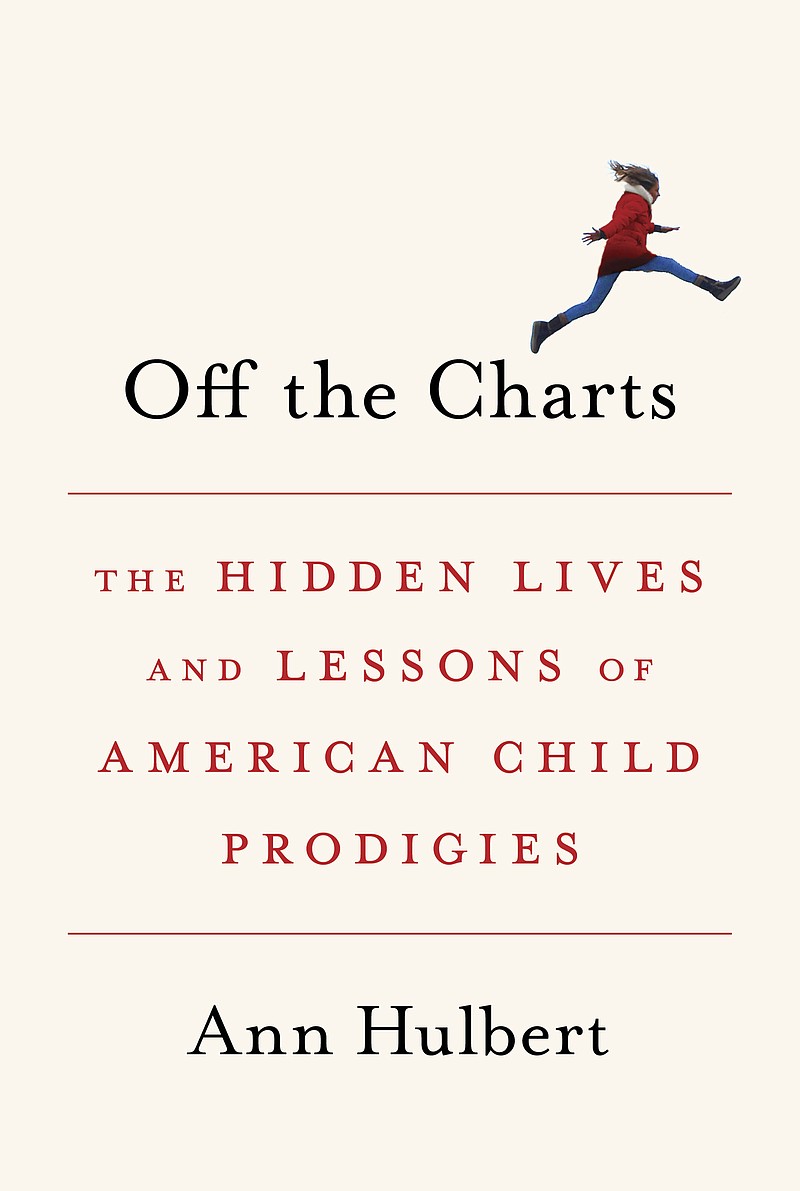Who qualifies as a child prodigy, and the factors behind the anointment, are at the heart of Ann Hulbert's "Off the Charts: The Hidden Lives and Lessons of American Child Prodigies." It's a fascinating if at times disturbing chronicle of how 15 prodigies came to the world's attention-and at what cost.
Hulbert disabuses readers of the romantic notion that prodigies are born and not made, introducing us to the cast of supporting characters that push the child's star.
Foremost are parents, who almost always give the impression that their ministrations and sacrifices serve to stoke the promise of their extraordinary children. It can be an ugly affair. Delight at 5-year-old Philippa Schuyler winning piano competitions in 1936 is, for instance, darkened by a mother who whipped Philippa and withheld meals, "all the while applying ever greater pressure to perform."
Many of the prodigies' beginnings are equally unsettling. Hulbert shows how often the prodigy serves as surrogate for adult ambition, as well as a symbol for what the culture deemed of value at the time.
"It is a splendid thing that for just fifteen cents, an American can go to a movie and look at the smiling face of a baby and forget his troubles," said FDR of Shirley Temple, a movie star at age 5 in the midst of the Great Depression. Bobby Fischer presented, at the height of the Cold War, "the democratic allure of a boy blazing a path into a field the enemy considered its own-not space, but chess."
What all the children have in common, Hulbert writes, is a "remarkable curiosity and stubbornness." In other words, grit, not divinity. It is not that these children are without remarkable brilliance; the reader is awed by Fischer outplaying nearly all comers and by the long hours Temple devoted to appearing effortlessly adorable. Still, blinding talent can compel caretakers to nourish the talent at the expense of the child.
This was the case for Norbert Wiener and William Sidis, two math prodigies at the turn of the 20th century. The sons of overzealous, overeducated Russian immigrants, they were pressed into service on the theory that every child, with enough practice and focus, will prove a genius. The constant pressure retarded the life skills of the boys, leading to self-alienation, depression and, in the case of Sidis, profligacy and an early death.
"For all the children in these pages, whether they scaled back or stepped up the already intense dedication to their remarkable talents when adolescence arrived, the inevitable swerve into ex-prodigyhood was a struggle," Hulbert writes.
No story in "Off the Charts" is eerier than that of Barbara Follett. Born in 1914, Barbara was "using the Corona typewriter intelligently" at age 3 {, according to her mother, a writer manque. Love and admiration from the New York literary establishment and others were contingent on Barbara staying at that typewriter. By 9, she had published a book about "a fairy wood nymph invisible to all," a sprite who walks alone into a frozen terrain. Subject throughout her teens to the whims of her immature and impulsive mother, in 1939 Barbara walked out of her apartment and into a cold December night.
"Barbara was never seen or heard from again," Hulbert writes.
It's as if Follett saw the character she had created as a means of escape-which brings to the fore that ethereal quality we tend to associate with prodigies. Hulbert nevertheless makes clear, in this nuanced and meticulous book, that when it comes to the prodigy's gift, the peril is indivisible from the glory.

